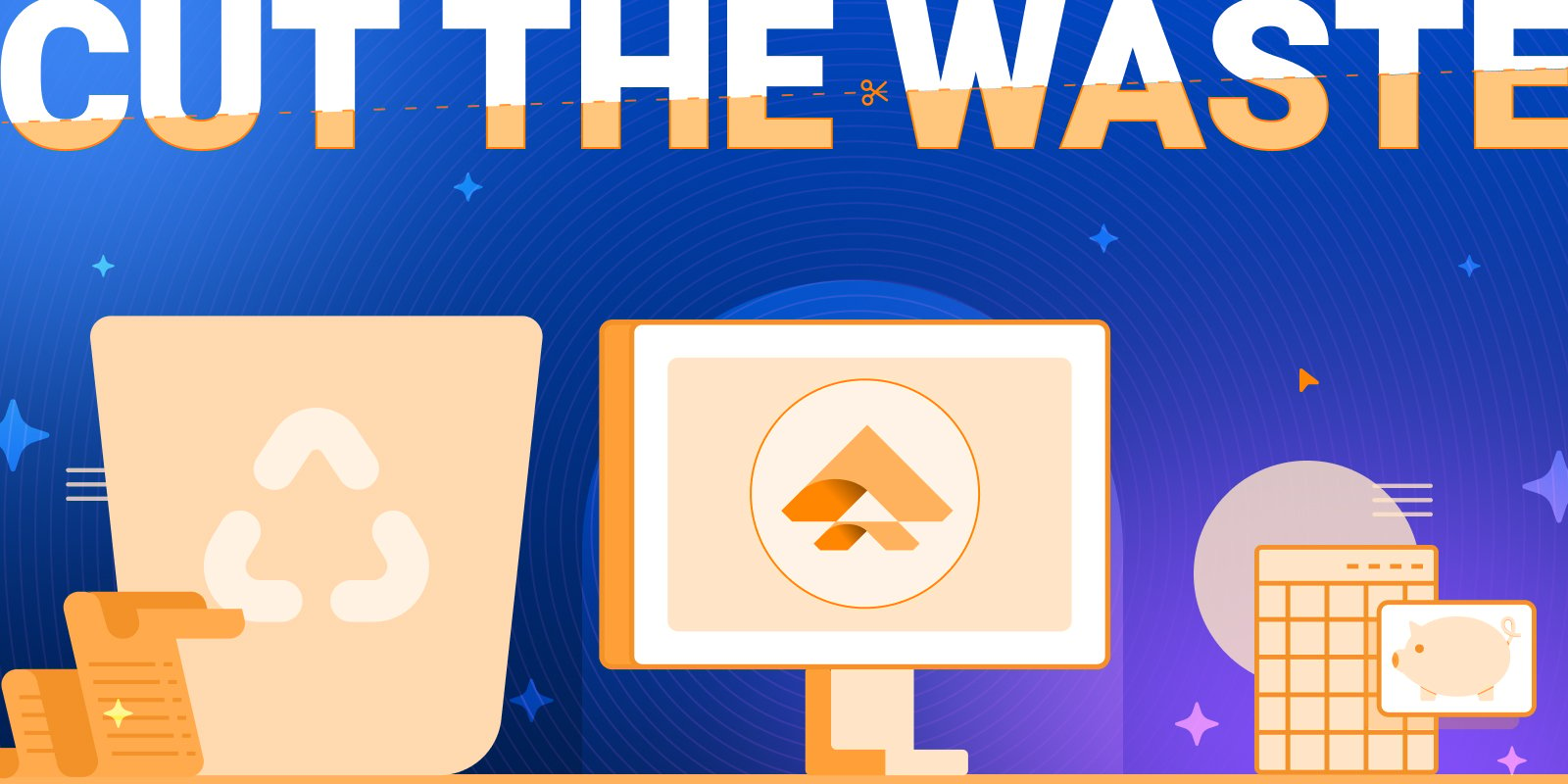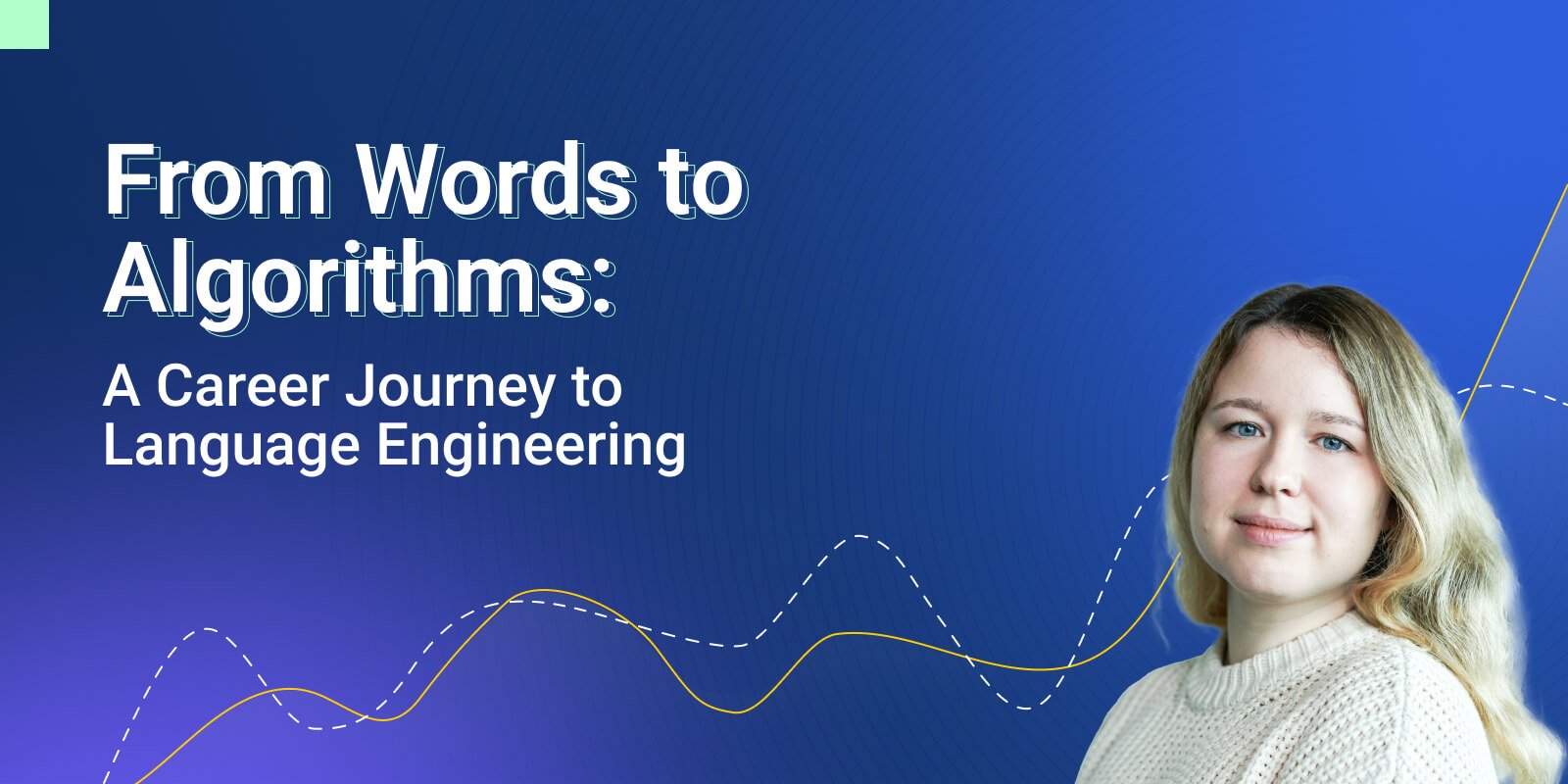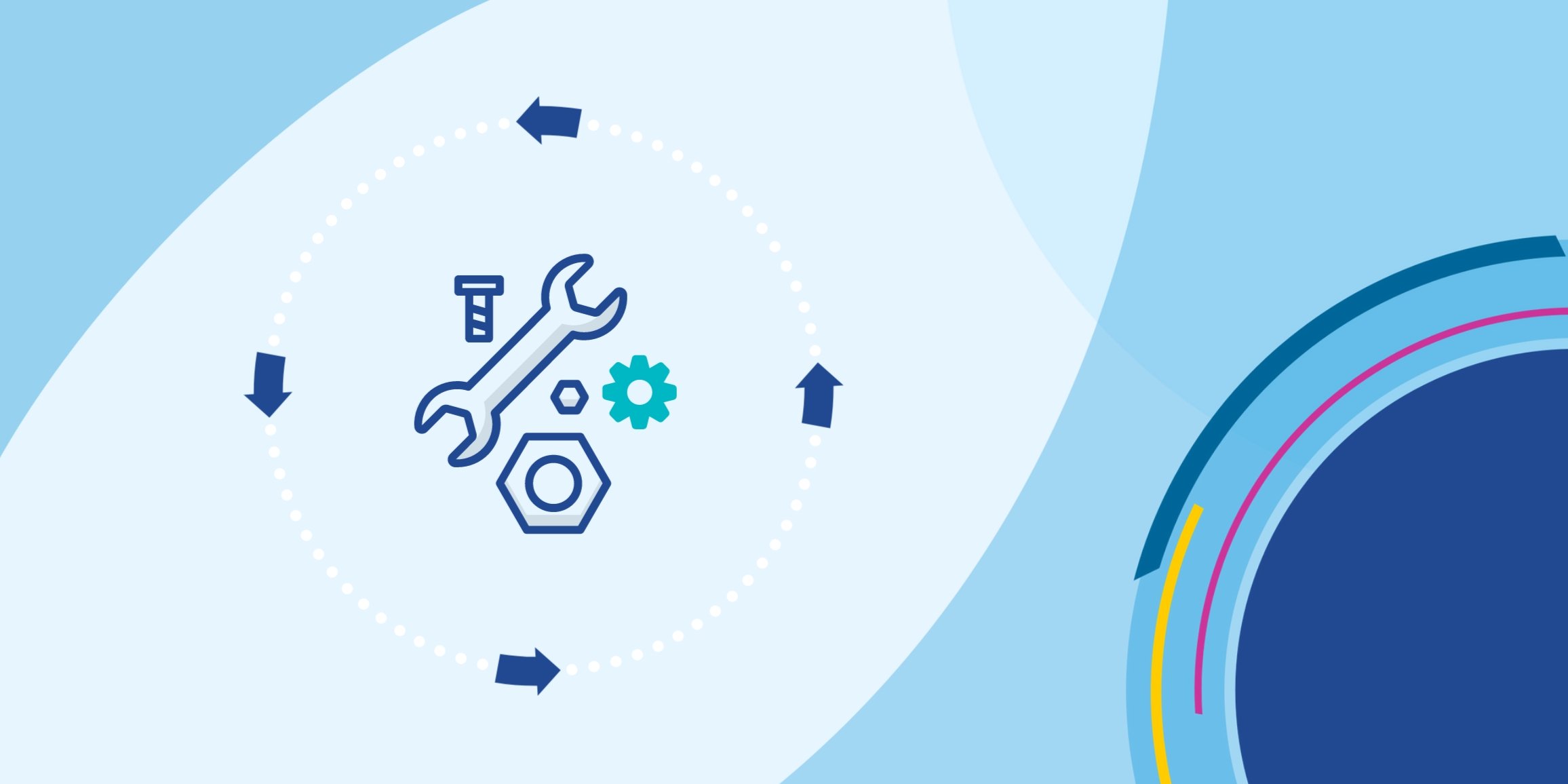Looking Back on 20 Years of TAUS. Where did we go wrong?
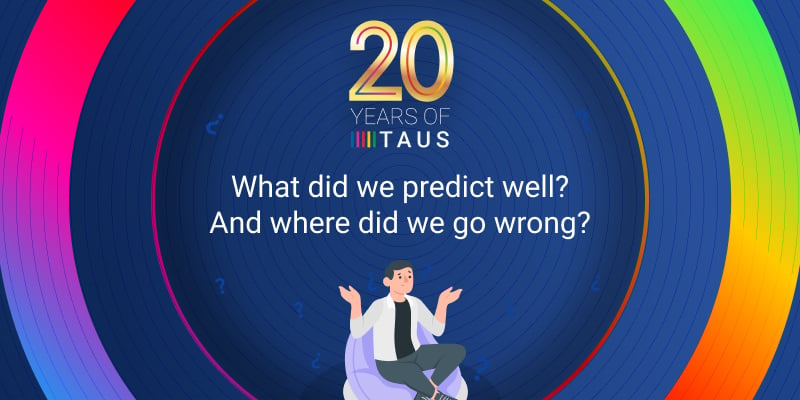
Celebrating the 20th anniversary of TAUS this month caused the team to look back at the predictions and outcomes so far. What have we achieved? What went wrong?
This month TAUS is celebrating its 20th anniversary. Before we launched the Quality Estimation and Human Language Project platforms, TAUS was a think tank well-known for its clairvoyance when it comes to the future of the global language services industry. A good moment for some retrospection. What did we predict well? And where did we go wrong?
Translation-out-of-the-Wall (2004) ✓
This was the title of our manifesto in November 2004. Translation was to become a utility very much like electricity and water, available to every citizen, consumer, patient, taxpayer on our planet. Not more than a vision at the time, but we believed it would become real. And, with us, enough people from the big-tech companies and their vendors that filled our conference rooms around the globe in the past twenty years of TAUS.
No data, no future (2008) ✓
The rise of Statistical MT created a hunger for parallel text data. The more data, the better. The translation industry was sitting on oceans of such data in the form of translation memories that LSPs and their clients had been accumulating since the 1990s. TAUS envisioned a place, a cloud-based repository, where everyone could share their TMs. We called for a meeting with industry leaders in Taos, New Mexico, where the TAUS Data platform was officially founded in March 2008. It was crystal clear: without data, the translation industry would have no future.
Dynamic Quality Framework (DQF) (2012) ✓
The next barrier that stagnated our journey towards ubiquitous translation was the lack of a common understanding of translation quality. Existing standards, such as the LISA QA model, were static and didn’t align very well with the variety in requirements and use cases for translation in the real world. At TAUS we believed it was time for a new definition of translation quality standards. And so, we designed the Dynamic Quality Framework (DQF). DQF was later merged with MQM, a European Commission-funded initiative, and became a new standard.
The Modern Translation Pipeline (2017) ✓
Following the shift towards Neural MT, TAUS published Nunc Est Tempus, a book, or actually more like a manual outlining, how we thought translation operators should start redesigning their business. And we added: now is the time! At the heart of this publication was a blueprint for the Modern Translation Pipeline, a workflow capable of serving unlimited volumes of translated content ranging from high quality to FAUT (Fully Automatic Useful Translation). You never really know, but we’d like to think that our Nunc Est Tempus manual, and in particular the Modern Translation Pipeline, have helped many in our industry to design new workflows.
Singularity (2018) ❌
Excited by claims made by Google and Microsoft in 2017 and 2018 that their MT engines had reached the level of what they called ‘human parity’, TAUS extended its industry history and prediction model and proclaimed that the 2030s would be the decade of Singularity. The term was borrowed from Ray Kurzweil and meant that machines would become equally or more intelligent than humans. As we are getting closer to 2030 now, we realize - and many with us - that we were wrong. Impressive as they are, the AI models today, they simply reproduce what we humans feed them. We were wrong. (See the TAUS History and Prediction table in this article in Multilingual Magazine.)
The Rise of Zero-Cost Translation (2020) ✓
The consequences of the vision that TAUS proclaimed from the very start became visible in 2020. As outlined in our article The Translation Economics of the 2020s, the translation industry found itself in a mixed economy state. On one side near zero-marginal cost supply of fully automatic translation supplied by big-tech. On the other side, a professional service industry where every translated word still carries the cost of a heavy supply chain. It was clear to us that the coexistence of these two economic models would not be sustainable. We urged translation service operators to progress technology towards abundance in translation supply. And we were right.
Dashboards (2020) ✓
Practice what you preach, is what they say. And so, in 2020 TAUS started its transformation from a think tank to a data for AI and software company. The two key differentiators were already there in our history: data and dashboards. Data to train custom models for MT and for Quality Estimation. Dashboards to measure and analyze every step on the way and to use these data points to tune and optimize the processes and the models. It is a delight to see more and more of our customers taking well-informed decisions using dashboards populated with the data collected through our Estimate API.
Predicting 2030
It’s been an exciting journey, those twenty years, with many rewards and perhaps only one regret. We regret the one prediction where we had it wrong: the singularity that is not going to happen (or at least not any time soon). We were misled, as almost everyone else. The problem now is that this single mistake is leaving its marks on the journey going forward. We see many translation operators tapping into AI more in the style of a competence battle than simply utilizing it purely for what it is: a massively powerful tool. CSA Research is right in their latest Market Update report: the language service industry is translating only a tiny fraction of the content that is out there. As long as our workforces look at the AI agents as if they are new colleagues that need to be taught to do the work in the same way as humans do the work, progress will be slow and opportunities will be grasped by others who have no prejudices and move forward very fast with their AI tools, the data, models and dashboards. With that the new prediction for 2030 is easy to make: an expanding industry with many losers and winners.
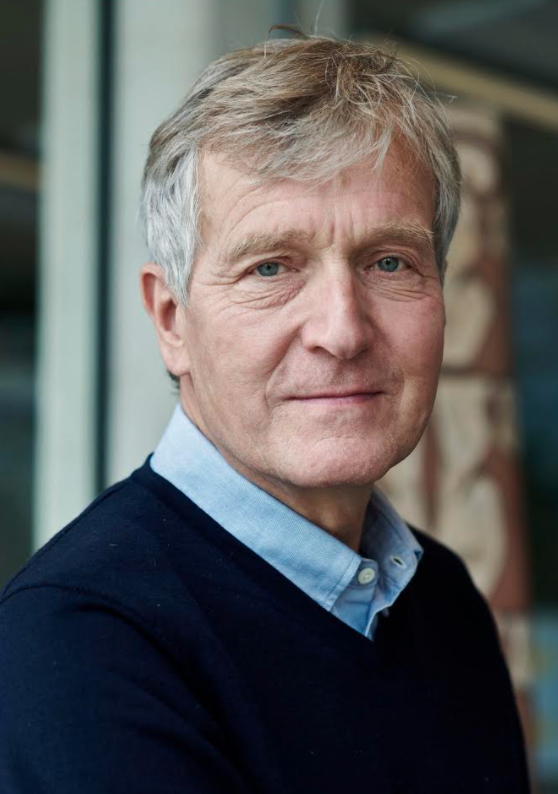
Jaap van der Meer founded TAUS in 2004. He is a language industry pioneer and visionary, who started his first translation company, INK, in The Netherlands in 1980. Jaap is a regular speaker at conferences and author of many articles about technologies, translation and globalization trends.
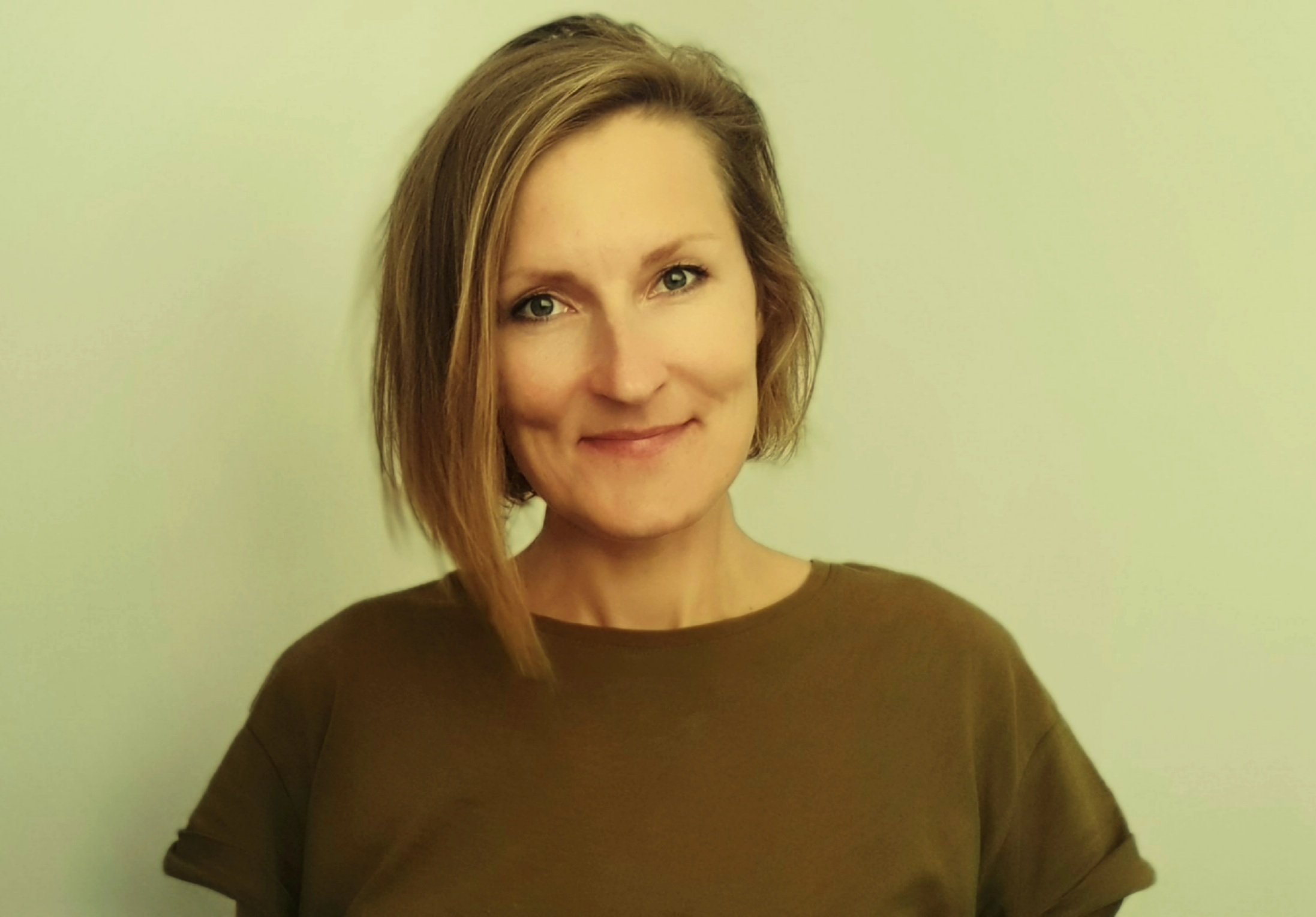 by Dace Dzeguze
by Dace Dzeguze